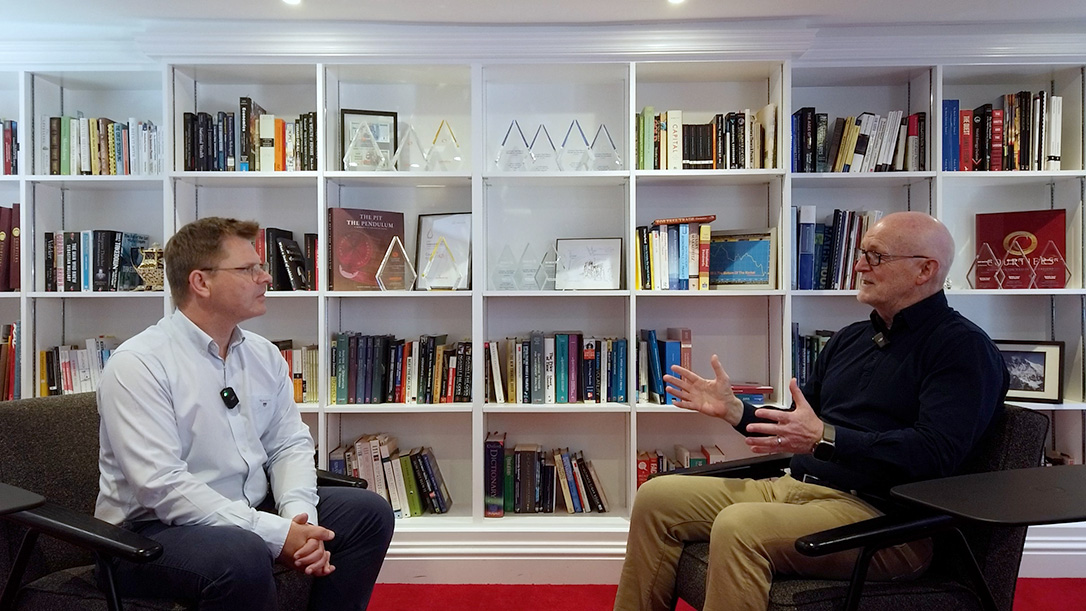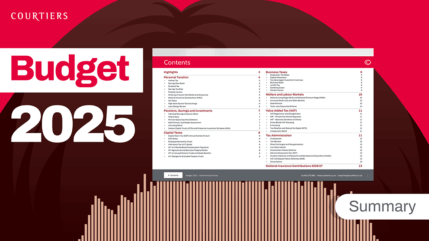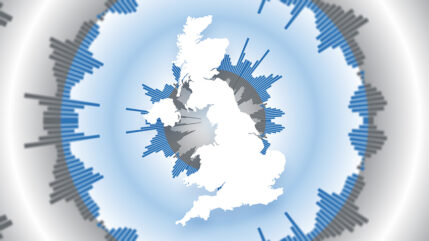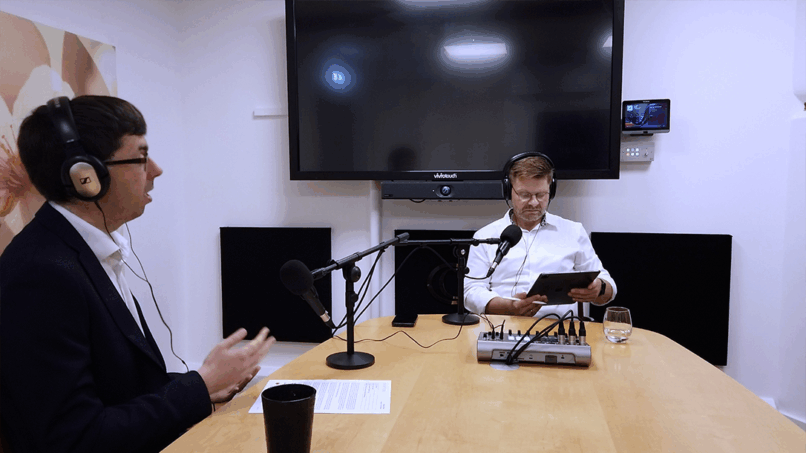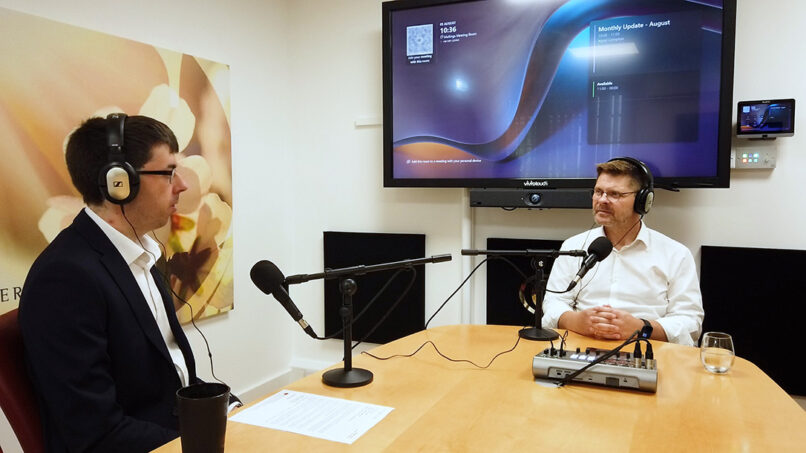We spoke to Gary Reynolds about what’s dominating news channels at the moment – particularly the tension in the Middle East and speculation around oil prices. Here he shares his thoughts and a few pearls of wisdom about markets, the companies Courtiers seeks to invest in around the world and explains more about adding long-dated gilts into the Investment Grade Bond Fund.
How to Protect Your Investments and Monitor Market Trends
With markets opening across the world almost all the time, Gary’s advice to anyone tracking every market across the globe is not to worry. Do what you enjoy; don’t waste precious energy tracking things you cannot change. If you weren’t prepared going into a crisis, there is little you can do when you hit it.
Used to the impacts of flareups on markets, Courtiers is well prepared to protect client’s wealth with diversification – of course, we’re always talking about diversification. Courtiers’ job is to help clients see out the rest of their lives without experiencing a personal major financial crisis because they invested in the wrong things. This week started with markets going up, contrary to the fears that the media and news feeds are throwing around.
Putting the oil price issue into perspective, many of you may think of the 1970’s oil embargo and high inflation (and no GDP growth). However, oil is more diversified nowadays, with US being the net exporter of energy rather than importer. Brent oil prices peaked at about $137-138 during the Russia/Ukraine crisis, and prices have now hit $78 – the price of oil before the Russia/Ukraine war started. This shows that, overall, there’s a downward pressure on oil prices as other energy forms like nuclear and hydro are coming to the fore.
UK Interest Rate Normalisation: Global Market Impacts Explained
While the spotlight’s been on the US, Iran and Israel, we’re looking at the normalisation of UK interest rates. We, as a people, tend to gain our view of the world, global tensions and macroeconomics from our later teens to 20’s, when we are very influenced. Gary cut his teeth in the 70’s with high inflation and very, very high interest rates. For him, that was normal, so low inflation rates seem abnormal to him. However, for someone who came into the financial sector after the 2008/2009 Global Financial Crisis, low interest rates would be the norm for them. The low interest rates of this century are the lowest on record, while you won’t find anything higher than the interest rates of the 1970’s.
Where we are now looks like the normalisation of interest rates, which is good for investment as you can get a reasonable rate of return in your bank or building society deposit, can keep your assets safe and not think that inflation’s ripping the living daylights out of their purchasing power. This is the theme going forward.
In context, and without undermining the devastation war causes, this interest normalisation will have more importance on the market than what is happening in the Middle East right now and rising oil prices.
This interest rate normalisation gives a better rate of return for the average investor on your cash ISA, building society or bank deposit. It also increases speculation around the cost of servicing debt for the government because very high debt is a problem, which is true to an extent. However, this is offset by the fact that extra interest payments go into the economy, so people have more money going into their pockets. We’re getting back to a more normal environment.
We’ve seen a rise in government borrowing. Post-global financial crisis we saw a massive repayment of borrowing from private and corporate sectors. So we’re going back to an environment now where perhaps people will start to think of borrowing again to get back onto the housing market. And hopefully companies will think of borrowing to get projects done again.
Overall, we’re heading back to a more normal situation with interest rates, which from Courtiers’ perspective means we can keep risk controls in a good place and earn extra money on the portfolio.
What does “introducing Long Dated Gilts into the Courtiers Investment Grade Bond Fund” actually mean?
In 2022, we were very anti long-dated gilts, which put us in a great place for the Autumn Truss/ Kwarteng budget, where gilt prices dropped like a stone. Holders of long dated gilts lost up to 40%, which is really bad news for a supposedly safe asset. However, it was great news for us, because our relative returns in 2022 meant we scooped up a bunch of awards in 2023. Growing up in the 1970’s has made Gary wary of bonds because as interest rates go up, they come tumbling down.
We were in a good place then, but it was an unusual place because generally you would expect a portfolio to have some exposure to long-dated bonds. Well, this normalisation is meaning we can buy long-dated bonds. That means if we are holding ten-year gilts today, we can get a return of about 4.5%, which even with inflation slightly over 3%, it’s giving a positive real return to the investor and we can maintain purchasing power.
It enables us to balance the portfolios a lot more than we could when interest rates were zero.
Everyone moved into gilts and were spooked about equities (which is completely the wrong way round) but it’s very difficult as what else are you going to buy? Courtiers invested in cash, which ended up earning nothing, but it kept risk down. Now is a much better time to be managing money than in 2022.
So, lots of focus on UK interest rates.
Global Stock Picking: How We Find the Best Companies to Invest In
There are always exciting stocks across the world to be looking at. Some currently in Japan, some in China, some even in the US (although we are still steering clear of the Mag 7).
One particular asset class we are looking into, that we think is really interesting, is infrastructure.
Right now, you can get a cracking yield of about 7 to 8%, which is a lot more than you’d get from a ten-year gilt. Unlike gilts, some of the infrastructure income flows are index-linked. So you can increase your yield as well as getting a fairly stable income. They’ve had a bad time, but we need infrastructure in the UK (solar, hydro, wind). This asset class is underpriced.
Recently an infrastructure asset we’ve held for a long, long time, BBGI Global Infrastructure, suddenly got bid for by a Canadian pension fund and we saw a 20 to 30% uplift on the price very quickly. While sad for us to see it go (with Gary expressing immense respect for the guys that ran it), that proved exciting, as it offered the low-risk credentials we want, particularly for cautious investors to try and dampen risk, while maintaining the potential upside.
Have a question?
We’ll continue to monitor global markets and keep you informed along the way. If you do have any questions, please share them – there’s an ‘Ask a question’ button on the top right of this page – and we’ll do what we can to get answers. And if you found this article interesting, please share it or forward it on to a friend.

